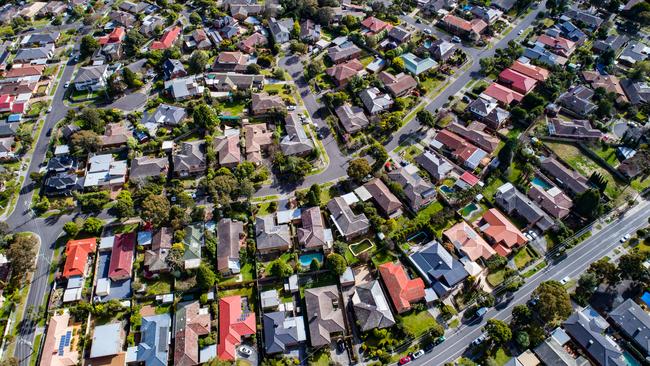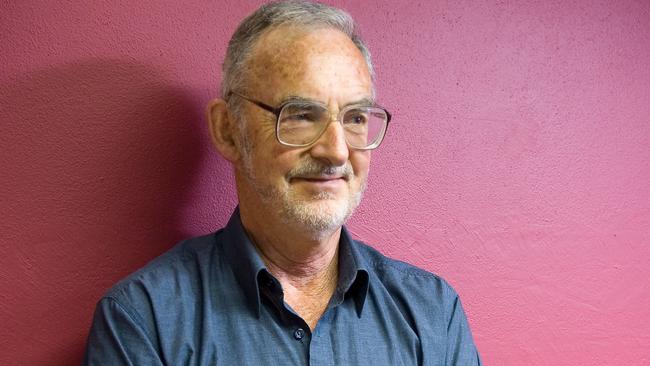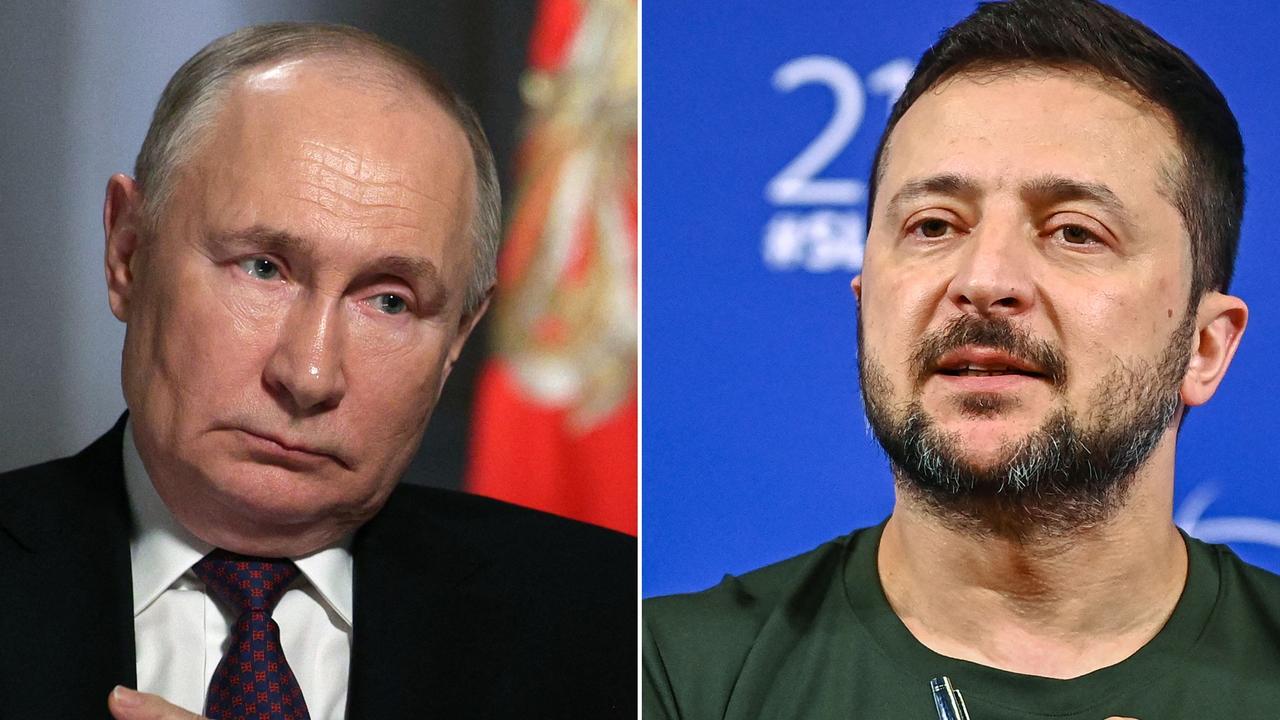The Melbourne suburbs that are hotspots for migrants revealed
As housing shortages worsen in Melbourne, locals are competing with newcomers for scarce supply. Now the most popular suburbs for migrants have been revealed.

Victoria
Don't miss out on the headlines from Victoria. Followed categories will be added to My News.
Melbourne’s migration hotspots have been revealed as locals compete with new arrivals for scarce housing.
Western suburbs population powerhouse the City of Wyndham grew by 12,430 people in 2021-22, with net overseas migration (NOM) of 3673 arrivals contributing to the total, new Australian Bureau of Statistics figures show.
City of Casey, on the city’s southeast fringe, grew by 9019, with NOM at nearly 3000.
Hume City, on the northern fringe, grew by 5873 people of which NOM contributed 2279.
NOM is the number of migrants and other long-term overseas people who come, minus the number that leave for abroad.
NOM contributed 54,200 people to Greater Melbourne’s population in 2021-22, according to ABS report Regional Population.
Australian Population Research Institute president Dr Bob Birrell said that overseas migration was the key factor for the growth of housing in these areas.

“It has to be because migrants arrive as adults, they don’t have access to family accommodation as do some locals looking for dwellings,” he said.
“Most of these migrants coming to Melbourne are from low-income areas of the subcontinent, especially India,” he said.
“They have to seek accommodation in rental properties or buy in lower-priced outer suburbia.”
“This is having enormous impact on entry level housing opportunities, and the worst affected are locals seeking such housing.”
Dr Birrell said the migrant influx was occurring in a constrained environment where the number of rental and new homes was sharply falling.
Meanwhile, some traditional migrant areas of the city have experienced a big outflow of residents to other localities, known as net internal migration (NIM).
Brimbank City, which includes Sunshine and St Albans, had a NIM of minus 6470 in 2021-22, the report said.
Greater Dandenong lost a net 4545 people to other areas, while nearby Monash City lost 2271.
Other areas with high NIM levels were City of Darebin (minus 2608) and Knox City (minus 2942).
Dr Birrell said that the exodus of established residents from areas like Greater Dandenong was significant.
“They are being changed by recently arrived migrants, so there’s an absolute makeover of the population,” he said.
Migrants comprised more than 60 per cent of Greater Dandenong’s population in 2021, with the biggest communities Vietnamese, Indian, Cambodian and Sri Lankan, census data show.
Brimbank had a migrant population of about 55 per cent, with the Vietnam-born the single biggest community, then Indians and Filipinos.
Greater Melbourne is approaching 40 per cent overseas-born, including Indians (4.9 per cent), Chinese (3.4 per cent), English (2.7 per cent) and Vietnamese (1.8 per cent).




